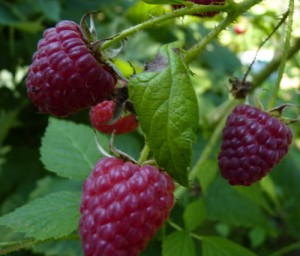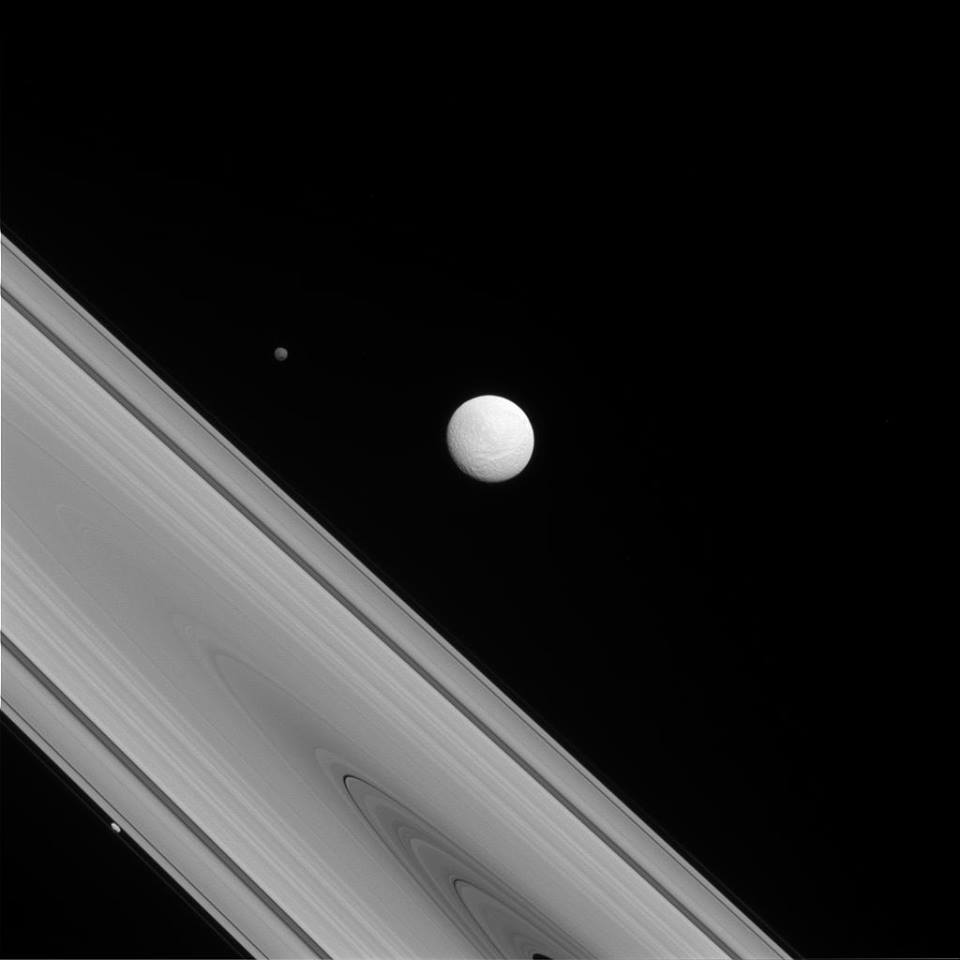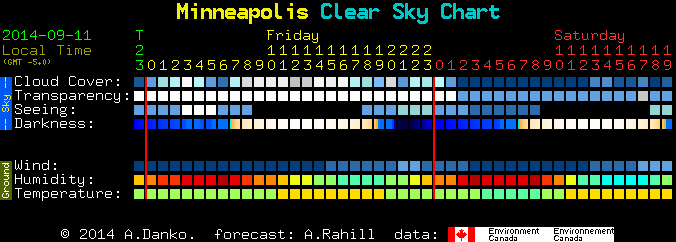Imbolc Black Mountain Moon
Between now and the time when Pipe Creek fills the lake that will cover all of human artifice here on earth there is a long interim. It may well be that humanity will fan out from this planet, seeking a home somewhere in space, perhaps on Mars or a moon of one of its sister planets, perhaps even out beyond the Oort belt, the furthest reach of Sol’s solar wind. I cannot see that far and, though I hope it turns out to be our destiny, I do not rely on such exploration in considering how far I can see.
We know from astrophysics that in about 7.5 billion years the sun will expand in its red giant phase, its bulk then extending past our orbit. That is a sure and certain end to the planet. Before that, though, several other extinction events loom. This brief Wikipedia article outlines several of them.
These future disasters (from a human perspective) limit the time of human habitation on earth, not by theological fiat, but by the laws of physics. In that they represent the working out of fundamental laws of this universe they are neither apocalyptic nor commentary on human failing. There are future disasters, perhaps of an extinction event level, that might have the human fingerprint, yes, but even these only advance the end of human life on earth, a certainty in any case.
Considering this certainty without placing an exact time frame upon it, we can then work backwards to consider faith, positioning ourselves in the world, however broadly you may define that term. We live in the long now between the emergence of life on earth and its end. Humanity is an extension of that true miracle, that enduring mystery, life’s creation ex nihilo from chemicals inert, as far as we know now, since the very birth of the universe.
Over our evolution, lengthy from the perspective of our species, but a wink in the time since earth’s creation we have developed into an animal capable of reflecting on its fate. That’s what I’m engaged in here. Does our fate really matter? Yes and no.
No because our duration as a species on earth has limits, ones we can define and foresee, even if we can not predict those limits exactly. Yes because our need to know ourselves as part of the universe, as part of life on this planet seems to be a human universal, most likely triggered by meditation on our own, individual limit: death.
If we accept (and you may not), that this world is wonder enough, miracle enough and, further, that any next world, no matter what its shape and character might or might not be, is hidden behind the pale of death and the inescapable veil created by our senses, then we must consider how we fit into that long now currently underway, the one between the creation of the earth and then life upon it and our emergence, and that certain end to this planet and its life which physics demonstrates.
That consideration will be the content of the next post in this series.



